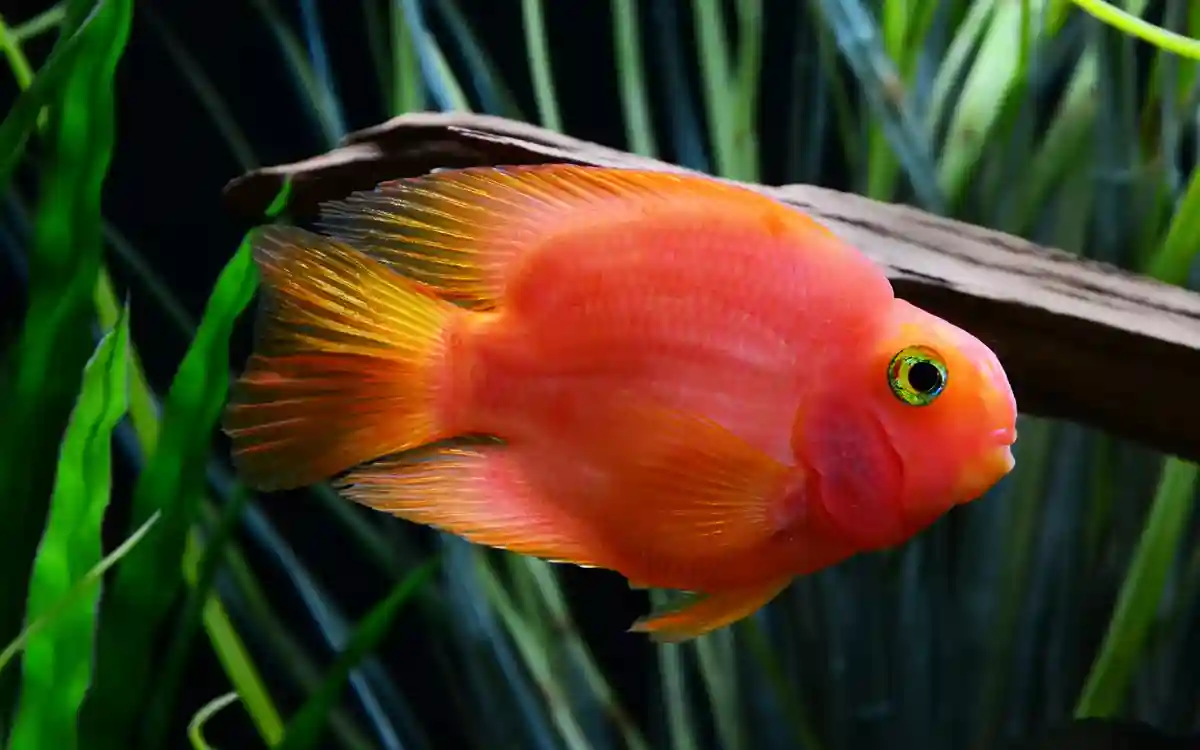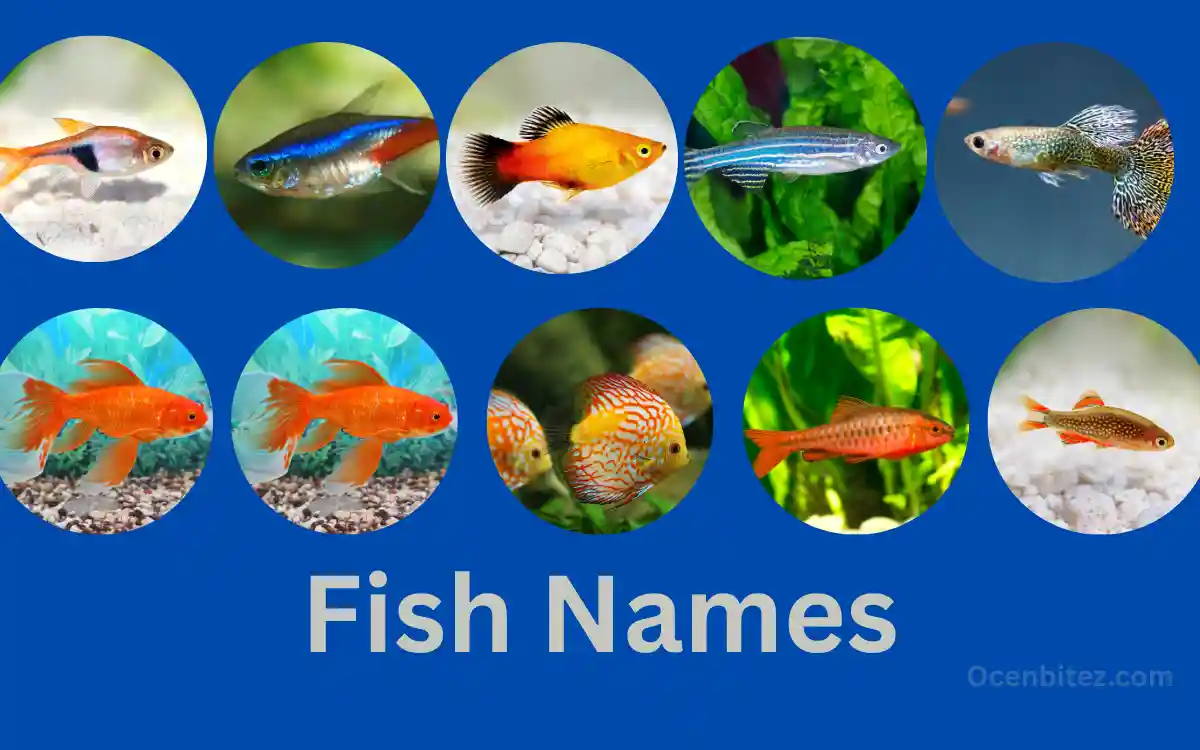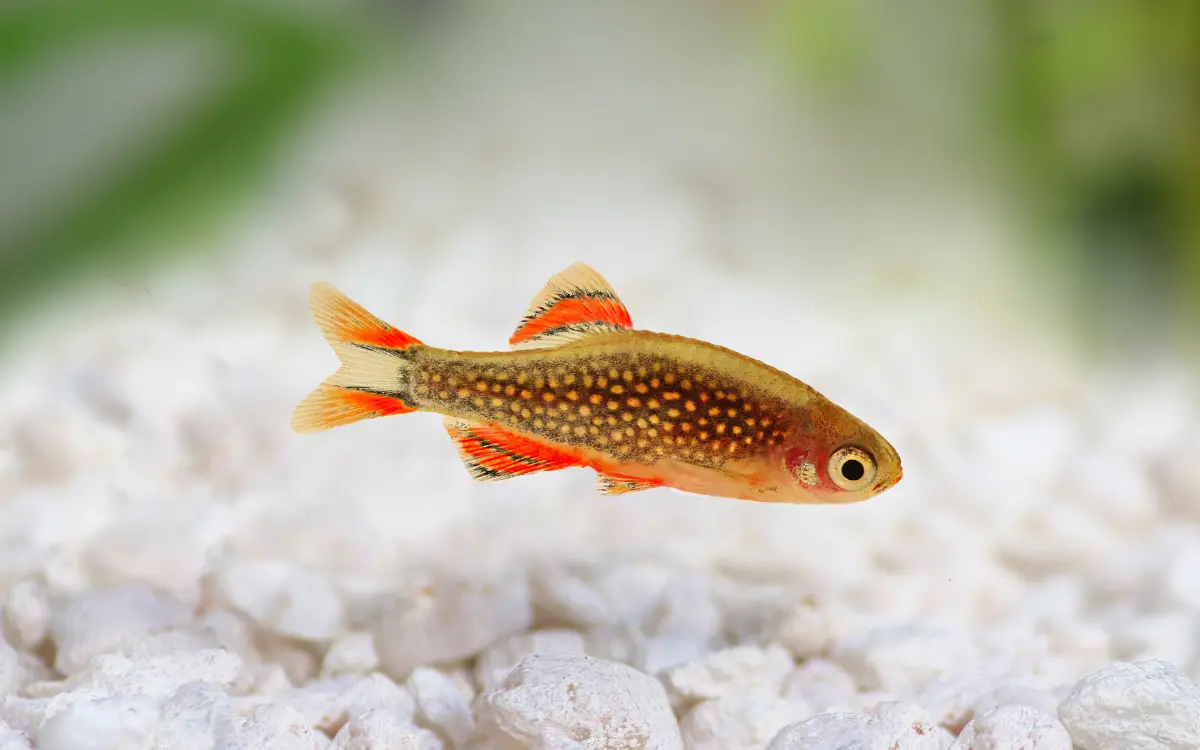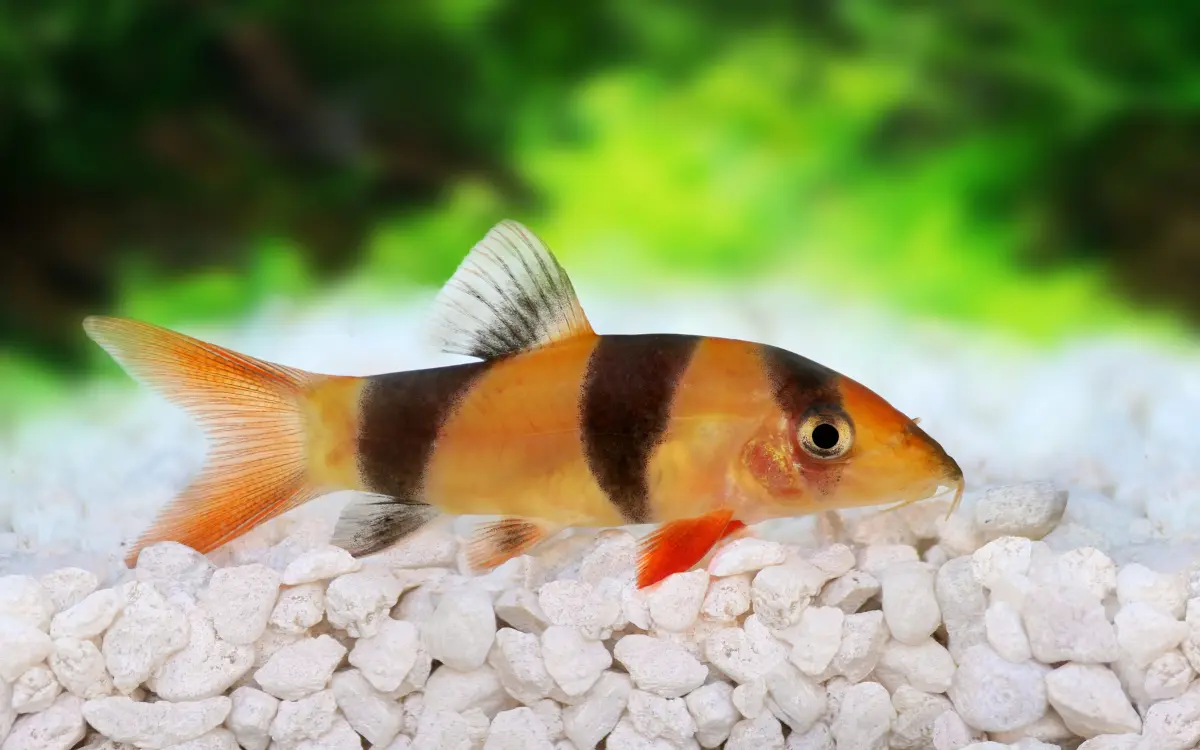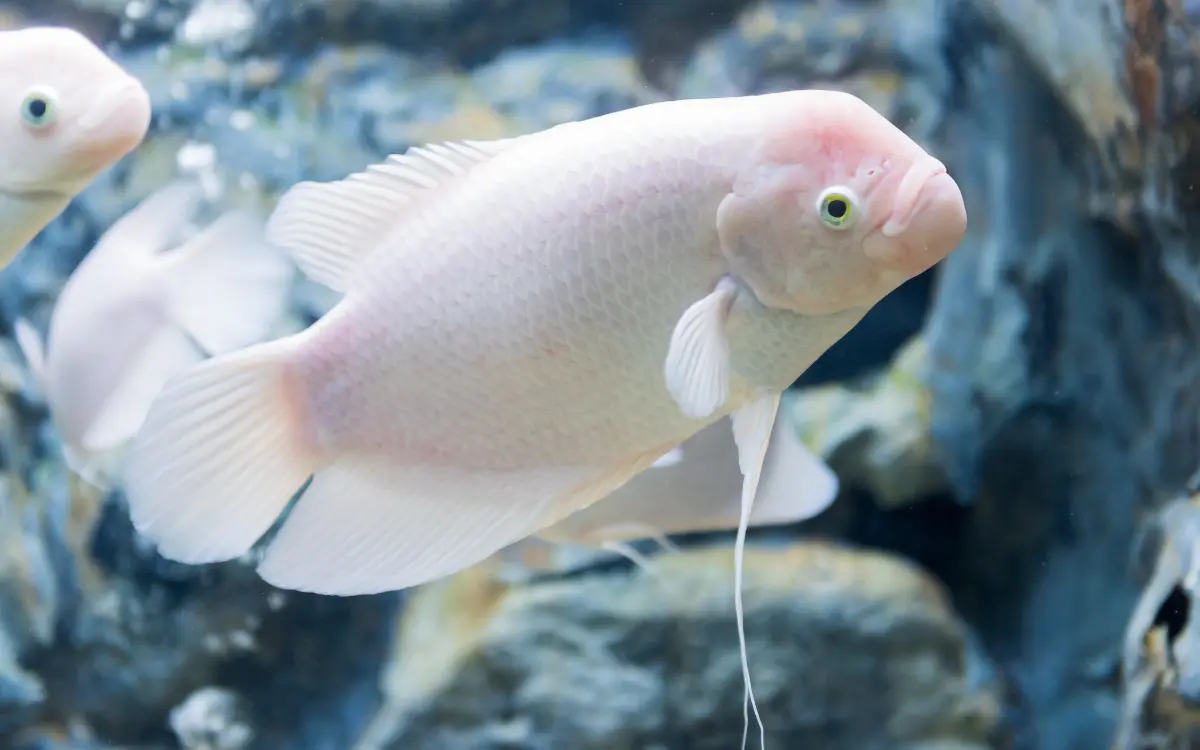Flowerhorn Cichlid Care: Tank Setup, Diet, Behavior & Breeding Tips
Flowerhorn cichlids are some of the most eye-catching and personality-packed fish you can add to a freshwater aquarium. Known for their bright colors and large, bulbous head hump (called a “kok”), these hybrids are as bold in behavior as they are in looks. But with their size and attitude, Flowerhorns aren’t your typical community fish—they require space, stable water, and solo living arrangements.
In this care guide, we’ll cover everything you need to know to successfully keep a Flowerhorn cichlid, including tank setup, feeding, compatibility, breeding, and how to keep them healthy for years.
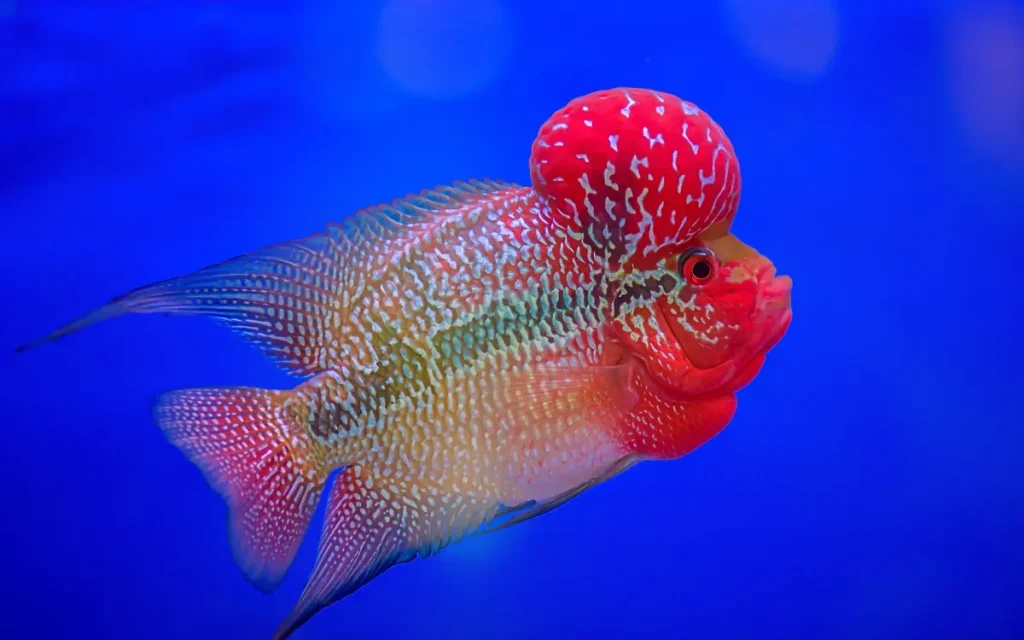
What Is a Flowerhorn Cichlid?
Flowerhorns are not found in the wild—they’re designer fish bred by crossing various cichlid species. Originally developed in Southeast Asia, they quickly became a favorite among hobbyists due to their intense colors, human-like interaction, and unique appearance.
Popular Types of Flowerhorns
- Kamfa – Known for a more compact body and pearly white eyes
- Zhen Zhu – Recognizable by its bright coloration and large kok
- Golden Base (Faders) – These fish lose color temporarily before regaining vibrant tones
Flowerhorns are often judged in competitions based on color, body structure, and head hump size.
Flowerhorn Fish Appearance & Personality
Key Features
- Nuchal Hump (Kok): A fleshy growth on the forehead, larger in males
- Coloration: Ranges from deep reds and oranges to bright blues, golds, and pearlescent whites
- Size: Adults typically grow between 12–16 inches long
- Personality: Extremely interactive, often following your movements outside the tank
Many owners compare their Flowerhorn’s behavior to that of a pet dog—they’re responsive, alert, and even recognize their keeper over time.
Flowerhorn Tank Setup Requirements
Minimum Tank Size
A single adult Flowerhorn needs at least 75 gallons. If you plan to keep a breeding pair or more than one, aim for 125–150 gallons and use tank dividers.
Ideal Water Parameters
| Parameter | Ideal Range |
| Temperature | 78–84°F (25–29°C) |
| pH | 7.4–8.0 |
| Hardness | Moderate to Hard |
Tip: Stability matters more than perfection. Use a digital thermometer and reliable heater to avoid sudden shifts.
Filtration & Oxygen
- Use a strong canister filter or sump for waste-heavy Flowerhorns
- Add an air stone or sponge filter for oxygen
- Perform 25–50% water changes weekly
If you’re setting up your first tank, don’t miss our Freshwater Aquarium Setup Guide.
Substrate & Décor
- Substrate: Smooth gravel or even bare-bottom tanks make cleaning easier
- Décor: Keep it minimal—clay pots or caves can offer hiding spots, but avoid sharp objects
- Lighting: Moderate lighting enhances color; avoid bright lights if your fish seems stressed
What Do Flowerhorn Cichlids Eat?
Best Food for Flowerhorns
Flowerhorns are omnivores, but they thrive on a high-protein diet. Choose:
- Pellets made for Flowerhorns (e.g., Hikari, XO)
- Frozen or freeze-dried bloodworms
- Krill, shrimp, or mealworms (as treats)
Avoid feeder fish—they carry a risk of introducing disease or parasites.
Feeding Tips
- Feed 2–3 small meals daily
- Remove uneaten food within 5 minutes to maintain water quality
- Offer live or frozen treats a few times a week for enrichment
Flowerhorn Behavior and Compatibility

Are Flowerhorns Aggressive?
Yes—very. Flowerhorns are highly territorial and don’t tolerate most tank mates. Even their reflection can trigger defensive behavior.
Can Flowerhorns Live With Other Fish?
Generally, it’s best to keep them solo. If you must try tank mates, ensure:
- The tank is 125+ gallons
- You use dividers during introductions
- The companion fish is large and tough (e.g., Oscars, Arowana, large Plecos)
Want safer tank mate ideas? See our Community Fish Guide.
Breeding Flowerhorn Cichlids
Setting Up the Breeding Tank
- Use a 100+ gallon tank
- Add a divider so fish can see but not attack each other
- Increase water temp to 82–84°F for breeding stimulation
- Place flat surfaces like tiles or clay pots for egg laying
Breeding Steps
- Female lays eggs
- Male fertilizes them through the divider
- Monitor closely—remove the female if aggression rises
Raising Flowerhorn Fry
- Eggs hatch in 2–3 days
- After yolk sacs are absorbed, feed baby brine shrimp
- Move fry to a separate grow-out tank to avoid aggression from parents
Common Flowerhorn Health Problems
What to Watch For
| Problem | Symptoms | Cause |
| Hole-in-the-Head | Pits in head area | Poor water or parasites |
| Ich | White spots on fins/body | Parasites, cold water |
| Fin Rot | Torn, discolored fins | Bacterial infection |
| Bloat | Swollen belly, inactivity | Poor diet, internal issues |
Prevention Tips
- Stick to a strict cleaning schedule
- Quarantine new fish and décor
- Provide a varied, high-quality diet
- Monitor water parameters regularly
Do Flowerhorns Need Companionship?
No. In fact, Flowerhorns prefer being alone. But to keep them engaged, try:
- Floating ping pong balls or toys
- A mirror for short-term stimulation
- Rearranging tank décor to give them “something new”
This reduces boredom and curbs aggressive behavior.
Is a Flowerhorn the Right Fish for You?
Flowerhorns are great for fishkeepers who:
- Have space for a large tank
- Don’t mind solo pet setups
- Enjoy interactive fish with big personalities
- Are willing to keep up with regular maintenance
If you’re looking for a centerpiece fish with presence, personality, and color, a Flowerhorn is hard to beat—as long as you’re ready for the commitment.
FAQs
How big do Flowerhorns get?
Most reach 12–16 inches when fully grown.
Can Flowerhorns live in a community tank?
Not recommended. They are aggressive and do best alone or in very large, divided tanks.
How long do Flowerhorns live?
With proper care, they can live 8–12 years.
What’s the lump on their head?
It’s called a kok, a fatty growth that’s especially prominent in males.
Do Flowerhorns recognize people?
Yes! They often learn to follow your hand, beg for food, or even watch you from across the room.

